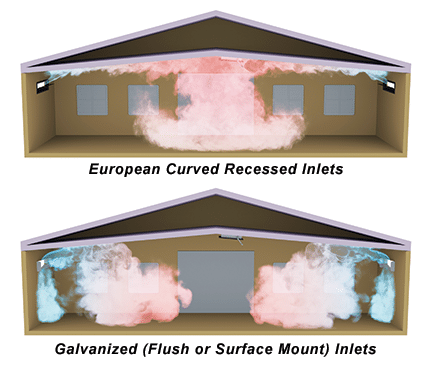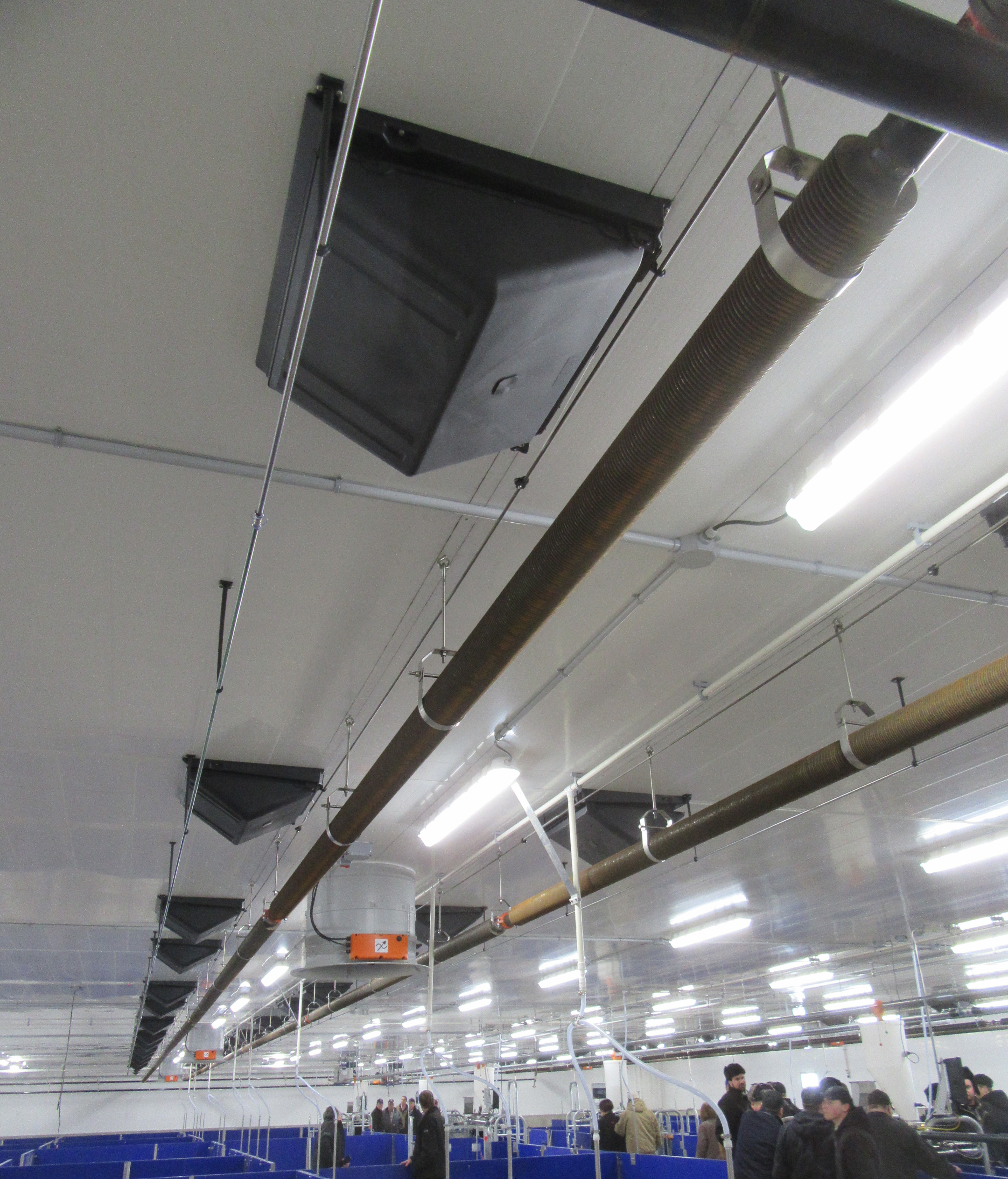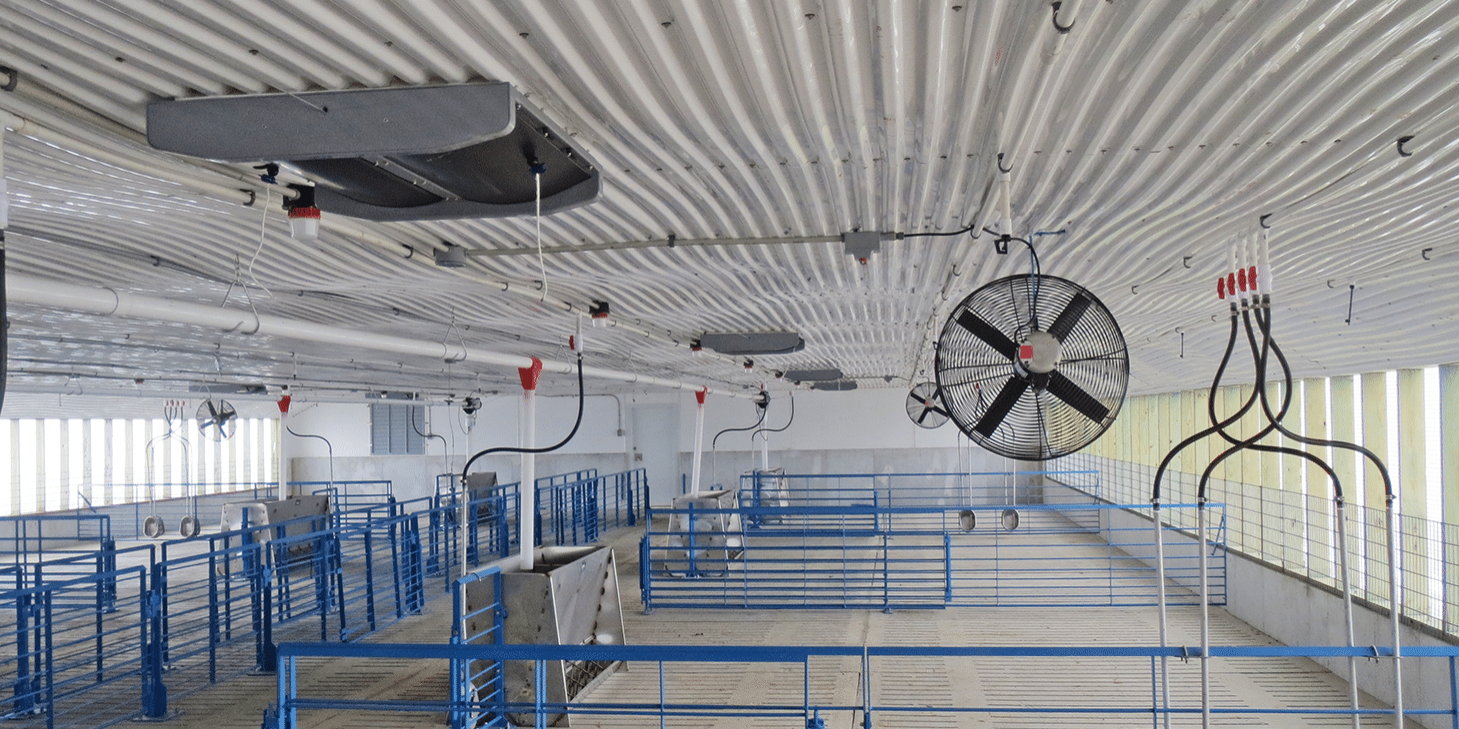Properly designed and functioning ventilation inlet openings are key for achieving comfortable fresh air conditions in farm animal housing.
Attic inlets poultry houses purpose.
Clean air is one of the most important parts of your poultry ventilation program.
This heated air can then be used via attic inlets as a heat source in lieu of propane or natural gas heaters.
The large roof areas of dropped ceiling poultry houses make very good solar collectors so there is a large amount of heat readily available in the attic see the ther mal image below.
Attic air is typically warmer than outside air on cold days.
Organic poultry house with sidewall eave and ceiling inlets.
To put it in terms we all can understand woo hoo.
Double l attic or ceiling inlets take warm air from attic to heat living area of poultry house.
These inlets allow growers to capture warmer attic air for minimum ventilation thus reducing heating fuel costs reducing relative humidity and improving litter quality.
Attic inlets tend to do a better job of conserving heat in a poultry house than conventional side wall inlets.
Attic inlets see figure below are used to recover solar heat from the atticof poultry houses.
The sun provides solar heat that gets trapped as heated air in the attics of dropped ceiling poultry houses.
Ventilation in your turkey or chicken house is a science.
By closing up the house and turning on a couple of 36 fans during the day attic inlets can increase the house temperatures from 10 to 15 degrees above outside air temperature figures 2 3 4 5.
The air that you and your chicken turkey etc.
Ventilation is important in animal structures for temperature and relative humidity control and for removal of gases dust odors and pathogens.
Though attic inlets can lead to slightly lower heating costs the primary objective of an attic system is to maximise fan run time which will lead to improved air quality and litter conditions.
Breathe cannot be seen and is easily taken for granted.
The theory is relatively simple.
Though attic inlets can lead to slightly lower heating costs the primary objective of an attic system is to maximize fan runtime which will lead to improved air quality and litter conditions.
Attic inlets tend to do a better job of conserving heat in a poultry house than conventional side wall inlets.
Between flocks attic inlets can be used to help dry out damp litter as well as to help cook off some of the ammonia from the litter.
Attic air inlets are being installed in many poultry houses across the poultry belt.
By installing ceiling poultry inlets producers can capitalize on solar heat trapped in their attics and ventilate poultry houses more during the day.


.jpg)
























